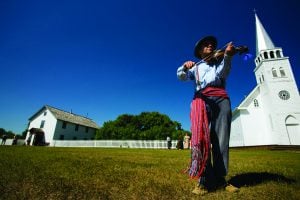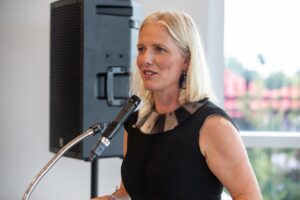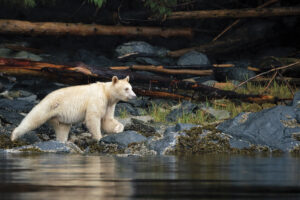
People & Culture
Renaming places: how Canada is reexamining the map
The history behind the Dundas name change and how Canadians are reckoning with place name changes across the country — from streets to provinces
- 4574 words
- 19 minutes
This article is over 5 years old and may contain outdated information.
People & Culture

“We were idle,” says Sylvia McAdam, “and we all decided we weren’t going to be idle anymore.” McAdam was chatting with Nina Wilson, Sheelah McLean and Jessica Gordon on Facebook last fall when they came to that decision. The impetus? Bill C-45, the 457- page federal omnibus budget bill that changes rules about, among other things, the leasing of reserve lands by First Nations communities, environmental assessment processes and the protection of waterways. That day, the four Saskatchewan women decided they’d had enough. Soon, with the help of others, they’d created the Idle No More Facebook page and Twitter hashtag.
Activists — and social media users — across the country quickly embraced Idle No More’s call to action, staging protests, rallies and teach-ins. Although Bill C-45 became law in mid-December 2012, the movement only intensified, drawing international attention after Theresa Spence, the chief of Attawapiskat First Nation, started a six-week hunger strike.
McAdam and the other Idle No More founders weren’t the first to speak out about the issues affecting First Nations, of course, but this was something different. What had begun as a protest against government legislation quickly transformed into a national movement that used the Internet to rally supporters of all stripes behind a call to reframe Canada’s relationship with Aboriginal Peoples. “Something amazing is happening,” McAdam says. “People are going back to their communities and saying, ‘I’m idle no more.’”
Are you passionate about Canadian geography?
You can support Canadian Geographic in 3 ways:

People & Culture
The history behind the Dundas name change and how Canadians are reckoning with place name changes across the country — from streets to provinces

People & Culture
The story of how a critically endangered Indigenous language can be saved

People & Culture
A century after the first woman was elected to the Canadian Parliament, one of the most prominent figures in present-day politics shares her thoughts on how to amplify diverse voices in the Commons

Wildlife
How ‘maas ol, the spirit bear, connects us to the last glacial maximum of the Pacific Northwest